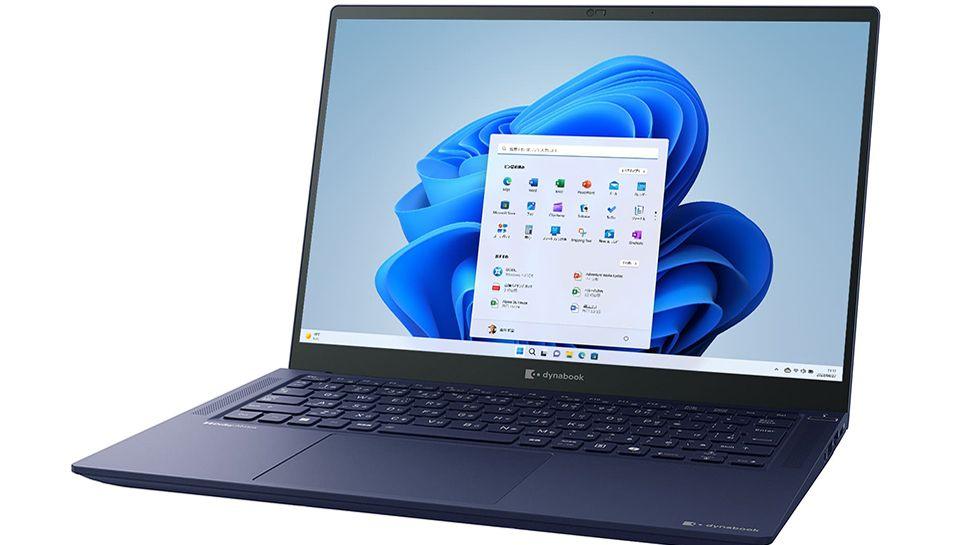- Collaboration and perseverance fueled the development of Dynabook LIFEBOOK WU5/J3
- Ultralight laptop design combines innovation and cutting-edge IGZO technology
- COVID-19 impact accelerated demand for lightweight and portable laptop designs
Innovation often requires persistence and a relentless pursuit of perfection, something that could possibly define the creation of the Dynabook LIFEBOOK WU5/J3, which weighs just 634 grams.
For Dynabook, this achievement wasn’t just about creating a lightweight device, but about redefining what’s possible in mobile computing, the company described in a new report.
From overcoming technical challenges to meeting the changing demands of a post-pandemic world, the story of the LIFEBOOK WU5/J3 shows the determination and ingenuity behind the world’s lightest 14-inch laptop.
Overcoming engineering challenges and COVID-induced urgent demand
The COVID-19 pandemic significantly affected the mobile laptop market, driving demand for 14-inch displays due to the shift to remote work, and many larger laptop users moving to lighter, more portable devices. The value of “lightness” became more evident as people moved their devices around the house during remote work.
However, despite the change in demand, laptop sections in retail stores have been quiet during the pandemic, with fewer products available to purchase in stores, creating immediate demand for lightweight laptops.
The UH-X/H1, which debuted in 2023, featured a 14-inch WUXGA (16:10) display and weighed 689 grams, slightly more than the UH series record as a result of a compromise for a larger screen size .
CEO Akinobu Kono described the challenges faced during the development of the 14-inch model as enormous. Despite aiming for 634 grams, the team encountered major obstacles: theoretical calculations indicated a limit of 666 grams, an unacceptable result for Kono, who associated the number with bad luck. When the 689-gram model debuted in January 2023, it was seen as a compromise and a blow to the series’ reputation.
To achieve the 634 gram goal, the team implemented three key innovations. A specially designed IGZO LCD screen by Sharp, a laminated pouch-type battery and a new magnesium-lithium alloy.
Sharp’s advanced panel reduced the device’s weight by 23 grams using ultra-thin glass and custom-designed backlighting, the new battery provided a 24% capacity increase and reduced 12 grams, and magnesium-lithium alloy was introduced to the keyboard cover. I saved another 18 grams.
The company also introduced additional adjustments such as redesigning the touch panel subplate, shortening the length of the heat pipes, and revising the protective sheets to meet its goal. Together, these advances represented a weight saving of 53 grams.
The display contributed the most (40%) to the weight reduction and was achieved through the custom design of the IGZO panel. Developed in collaboration with FCCL and incorporating newly developed glass, light guide plates and lens sheets, the new glass is 15% thinner and lighter, making it Sharp’s thinnest panel for PCs.
However, compromising thickness introduced new strength challenges and the backlight was redesigned to combine the lens and diffusion sheets into one for greater rigidity.
During development, technical issues arose, such as uneven brightness caused by burrs during processing of the light guide plate and light leaks from the bottom edge, which were resolved through intensive troubleshooting by the Sharp and Haruki teams. Taguchi.
The final, fully operational IGZO display was not ready until late September 2024, just in time for the product announcement scheduled for October 5.




